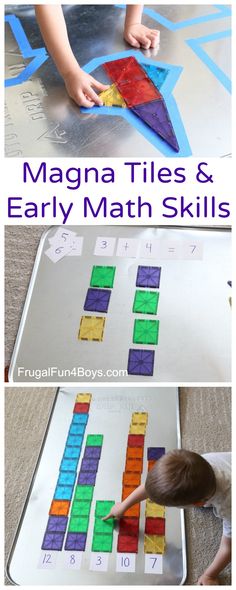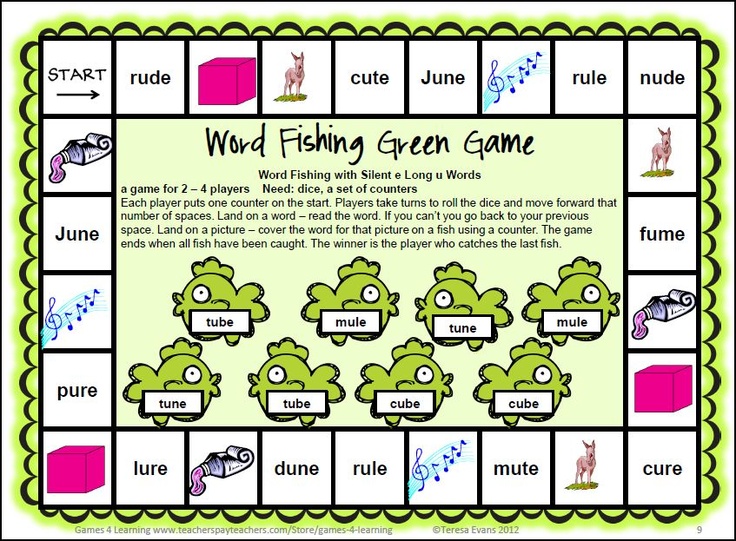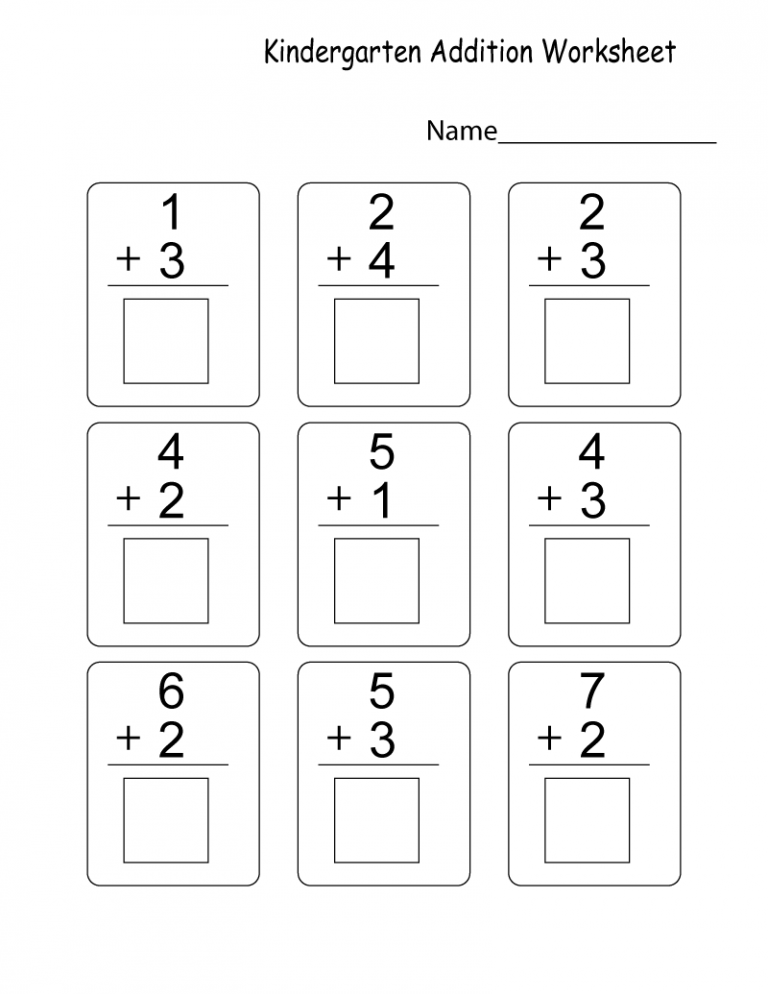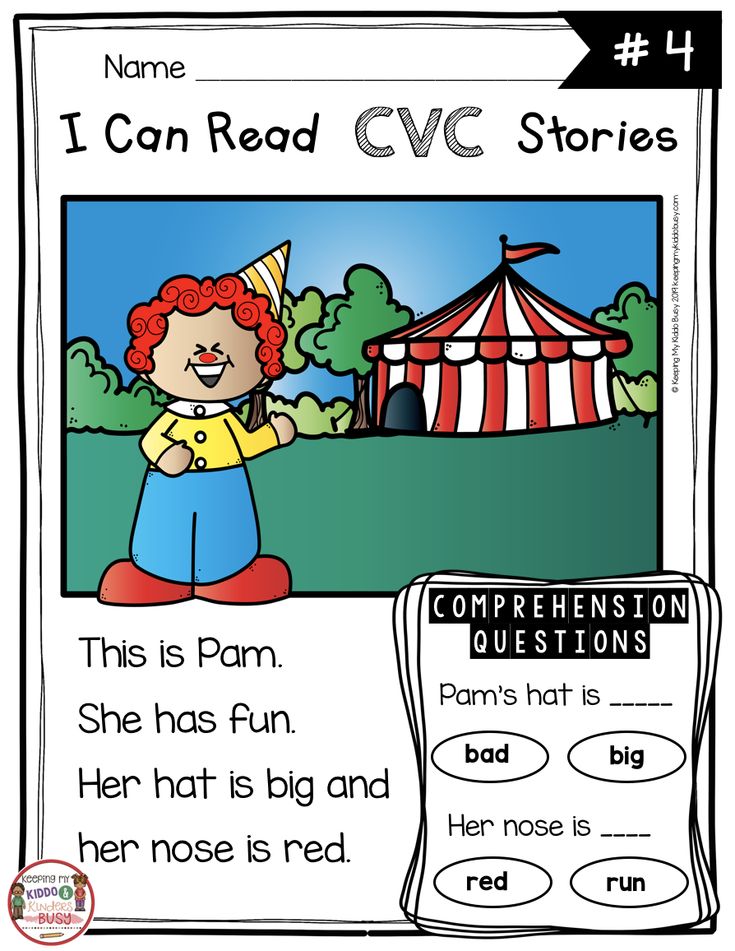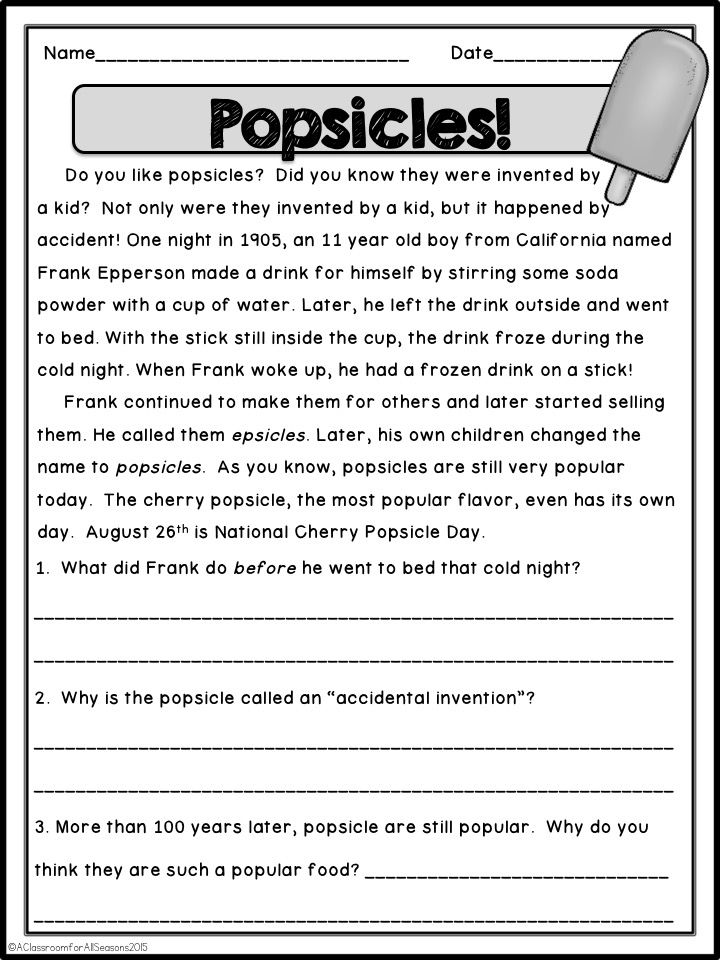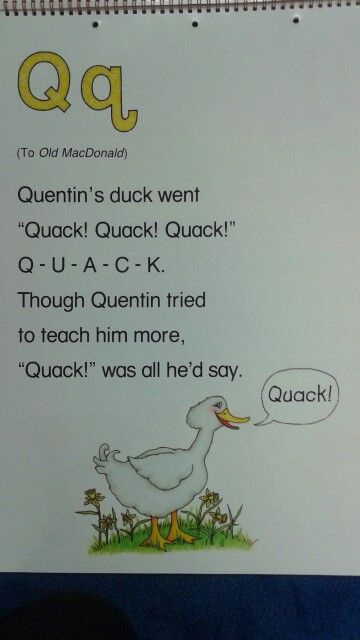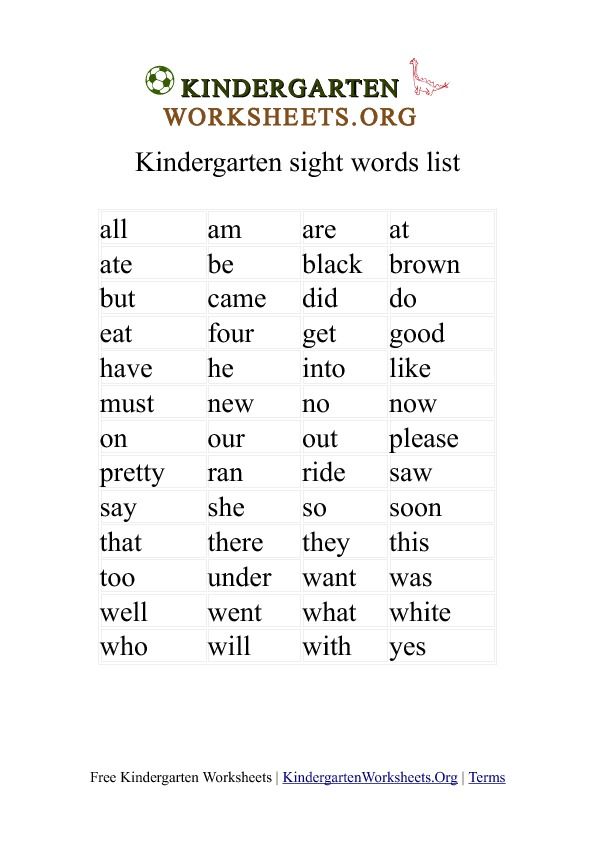Everyday math activities for preschoolers
Hands-On Math Activities for Preschoolers
Disclosure: This post contains affiliate links to Amazon. See my disclosure policy for details.
Math is so fun to teach to preschoolers because there are a lot of daily activities that incorporate math. Preschoolers don’t need worksheets for math…they should learn through play and hands-on activities.
1. Patterns with Bears
Counting Bears are a great math manipulative to use with preschoolers. You can sort, count, or use them with patterns.
I created some pattern cards to help with this. The first page is an AB pattern, meaning two colors alternate in the pattern. The second page is an ABC pattern, meaning three are three colors in the pattern. For this activity, your preschooler will set the colored bear on top of the matching color to create a pattern. On the ABC pattern cards, the last circle is left empty. That is for your child to tell you what color it should be.
You can get the color patterns printable at the bottom of this post.
Math Skill: Patterns and Relationships
You can find more pattern activities here.
2. Sorting Colors with Bears
Sorting is a skill preschoolers should work on a lot. One way to sort is by color. We do this with our counting bears and a sorting mat.
You can get the sorting mat printable at the bottom of this post.
You can even use colored tape and pom poms to practice sorting! Add in some tweezers for some extra fine motor practice.
We also love counting mats! These are great for learning to count and working on one-to-one correspondence.
Math Skill: Patterns and Relationships
3. Money Muncher
A fun way to work on sorting is with the Money Muncher! It’s also a great activity for fine motor skills. To see all the fun details, click here.
Math Skill: Patterns and Relationships
4. Sorting Jelly Beans
Anytime we work with candy, my kids love it! You can sort M&Ms or jelly beans or whatever! To see how we did this with jelly beans, click here.
You can get the jelly bean sorting printable at the bottom of this post.
One more idea for sorting is by using toy animals. Have them sort by different characteristics, such as land animals and sea animals.
Math Skill: Patterns and Relationships
5. Graphing
Graphing is always good to introduce to preschoolers. It doesn’t have to be complex, but you can do a simple activity like graphing the types of transportation on a bar graph and use small pictures or toys (or I used erasers from The Dollar Tree).
Make graphing hands-on using apples! Even young preschoolers can begin learning about graphing with this activity.
Check out this free gumball graphing activity right here.
Math Skill: Patterns and Relationships
6. Shape Wheel
This is a fun activity for learning shapes! Just print this shape wheel and draw the same colored shapes onto clothespins.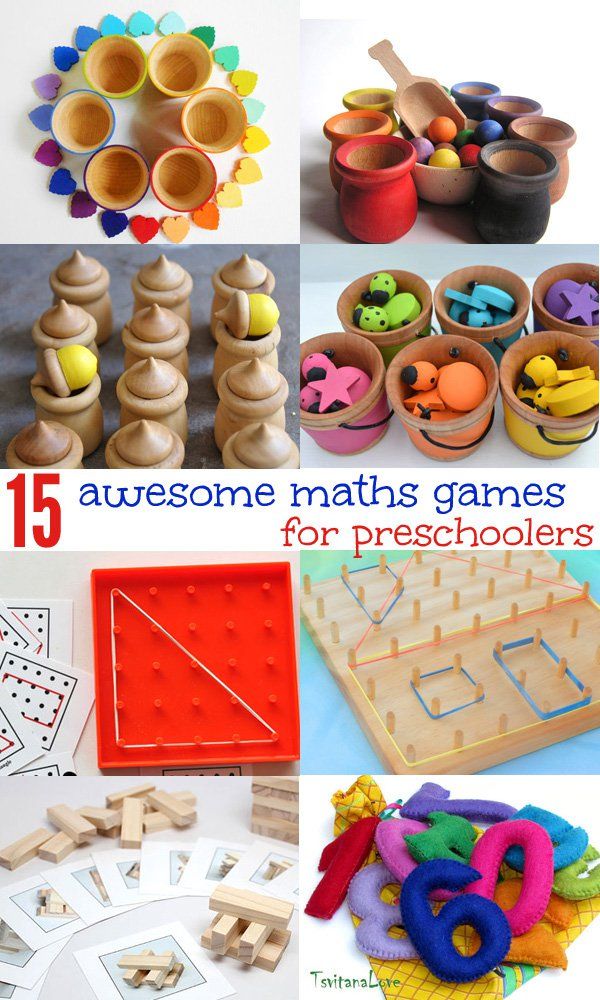 Have your child match the clothespin to the shape on the wheel. This is great for working on fine motor skills!
Have your child match the clothespin to the shape on the wheel. This is great for working on fine motor skills!
You can get the shape wheel printable at the bottom of this post.
Math Skill: Geometry
7. Shape Sorter
An easy way to practice shapes is with a Shape Sorter! I bought these shapes at Michaels Craft Store many years ago, but these 3D geometric shapes would be a good option if you’re interested in creating a Shape Sorter. Check out this post for details on how to make this easy math activity.
Math Skill: Geometry
8. Noodle Shape Cards
A neat sensory activity and a fun way to learn shapes are with noodles! See the post here to download the free shape cards.
Math Skill: Geometry
9. Foam Sticks
Learn shapes in the tub with these foam sticks! You can see how we did this here.
Another fun way to practice shapes is with the cookie shapes matching activity!
And my favorite way to teach about shapes is with my shape rhymes!
10. Dice Game
Dice Game
This is a really fun game! I took this Melissa & Doug wooden toy and put white circle stickers on the top of the pegs. I wrote numbers 1-6 and had 2 stars. I had my son roll the dice and whatever number it landed on, he would pound with a toy hammer. If the number he rolled was already down, he hit the star. Not only was this fun for him, but he was able to “subitize”, which simply means to recognize numbers instantly without counting the dots.
Math Skill: Number Concepts
11. Star Number Cards
Practice counting and recognizing numbers with star number cards. This one is great for working on one-to-one correspondence and fine motor skills.
You can get the star number printable cards at the bottom of this post.
Math Skill: Number Concepts
12. Ladybug Math
We made these adorable ladybugs and they were a hit! Not only were they fun to play with, but we did a lot of counting and sorting with them.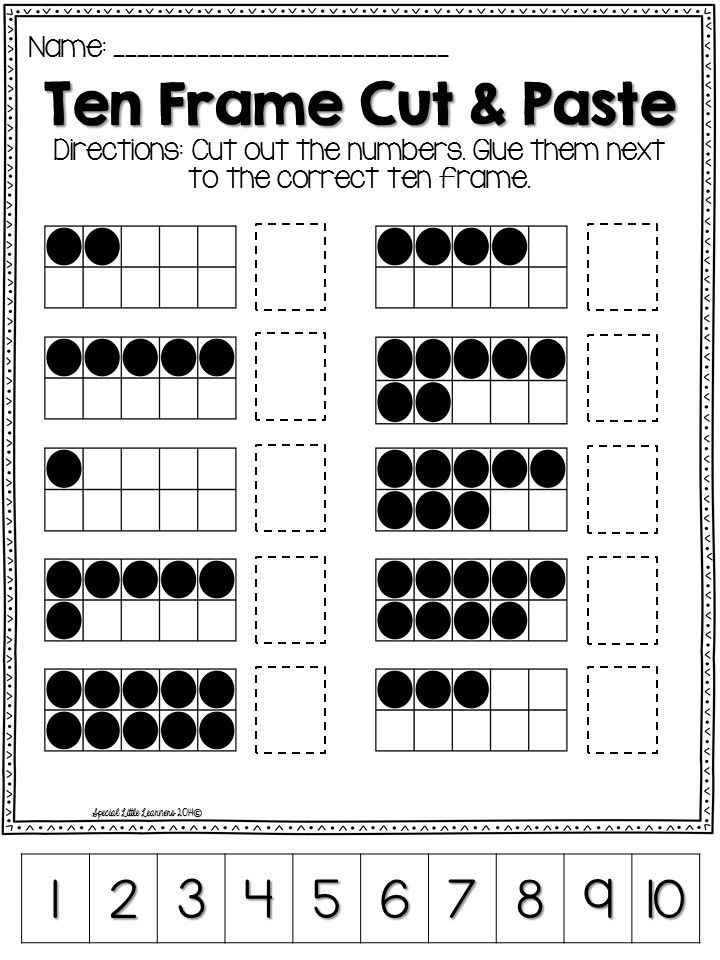 Read all about it here.
Read all about it here.
Math Skill: Number Concepts
13. Balloons
Learn the order of numbers with this really fun game involving balloons! Check out the details here.
Math Skill: Number Concepts
14. Estimating with Water
We learned about estimation with a dropper with some fun, hands-on water activities.
Math Skill: Measurement
15. Pouring and Comparing
We practiced pouring skills with rice into these beakers. Then I had my son line them up from biggest to smallest. Using comparative words like big/small or empty/full help teach preschoolers about simple concepts of measurement. This is simple and you could elaborate on this activity.
One more easy way to practice measurement is with Unifix cubes. Place different lengths of tape on the floor or poster board. Then have your child use Unifix cubes to measure the lines.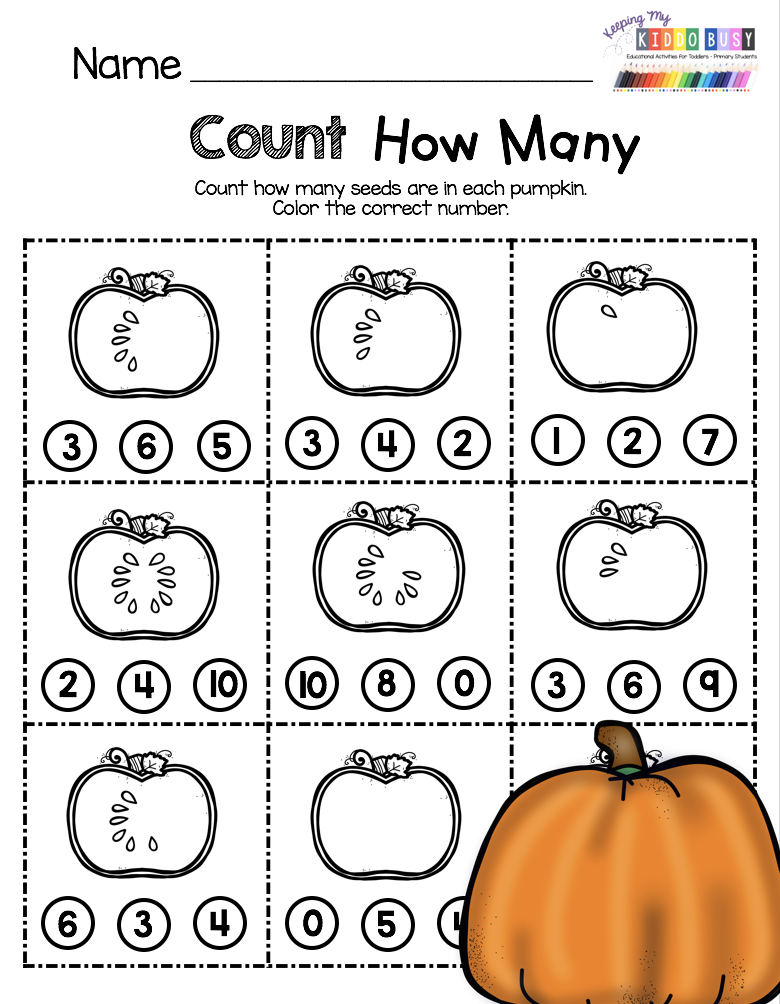 This is a simple way to practice counting, measuring, and comparing lengths.
This is a simple way to practice counting, measuring, and comparing lengths.
Math Skill: Measurement
Lastly, check out this really easy and fun way to practice counting!
If you’re looking for digital math activities, make sure to check out my counting activities using Google Slides.
If you’d like to download the 5 free printables I shared in this blog post, just click on the button below!
80+ of the Best Math Activities for Preschoolers
These math activities for preschoolers are sure to engage the kids as they explore early math. They run the gamut from counting to colors to one-to-one correspondence and include hands-on, multi-sensory ideas. Plus, there are even some free printables focused on math!
Children naturally explore math throughout their day. We, as adults, may not realize this at first. But take a few moments today to sit back and observe.
As you’re watching the kids build a structure with blocks, you’ll see them delve into math.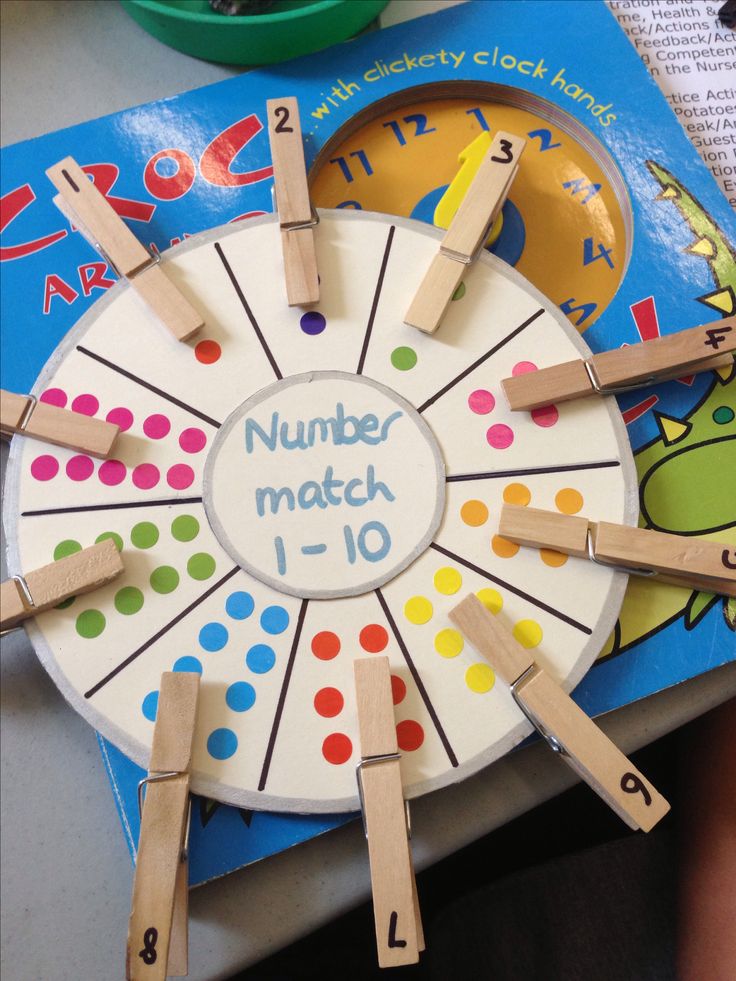 They might count the blocks they used to make a castle. Perhaps they’ll comment on the shape or color of the blocks. The children might even say that they’re taller than what they’ve built.
They might count the blocks they used to make a castle. Perhaps they’ll comment on the shape or color of the blocks. The children might even say that they’re taller than what they’ve built.
Watch them as they’re playing outside. They might be counting or sorting the leaves they’ve collected. Maybe they’ll use some sticks to measure the playground fence. I’m sure you’ll hear some observations about the colors all around them.
Those are just a few instances of kids bringing math into their everyday lives. Because that’s the thing . . . math IS in their everyday lives. It’s in OUR everyday lives too. We’re just so used to it that it doesn’t phase us much.
Below you will find a slew of hands-on preschool math activities to try with your students or your own kids. Each and every one has been a hit in my classroom or my home (or both!).
Table of Contents
Math Activities for PreschoolersWhile many of these math ideas are invitations I came up with, you’ll also find a variety that the kids put together themselves.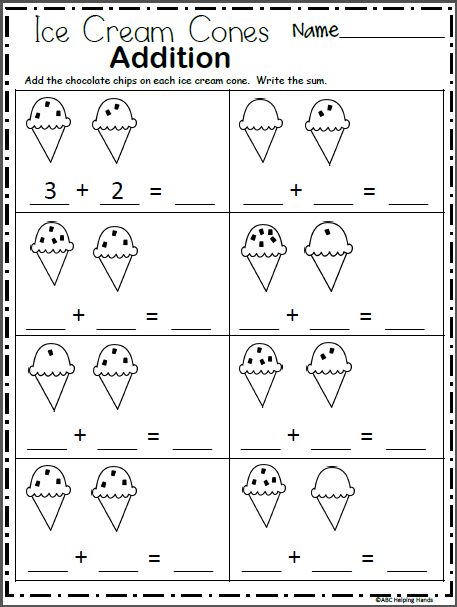
Keep that in mind when you’re mapping out your math lesson plans – kids can (and do!) delve into math learning on their own. So sometimes simpler is better. And you never know . . . they might create a new math lesson for you to use in later years.
I’ve broken the math activities for preschoolers into a few different categories. This way, you can find just what you’re looking for! I’ll be updating this page as I share more math ideas, so be sure to pin or bookmark it.
Calendar Numbers and Number CardsI’ve got a variety of free printable calendar numbers for you and the kids, as well as number cards. The calendar numbers are squares and can be used as part of your linear or traditional calendar. Both the calendar numbers and the number cards can be used to practice a multitude of early math skills. Either way, they’re items you should include with the rest of your math activities for preschoolers.
Sorting Math Activities for PreschoolersTeaching kids to sort is an important part of preschool math.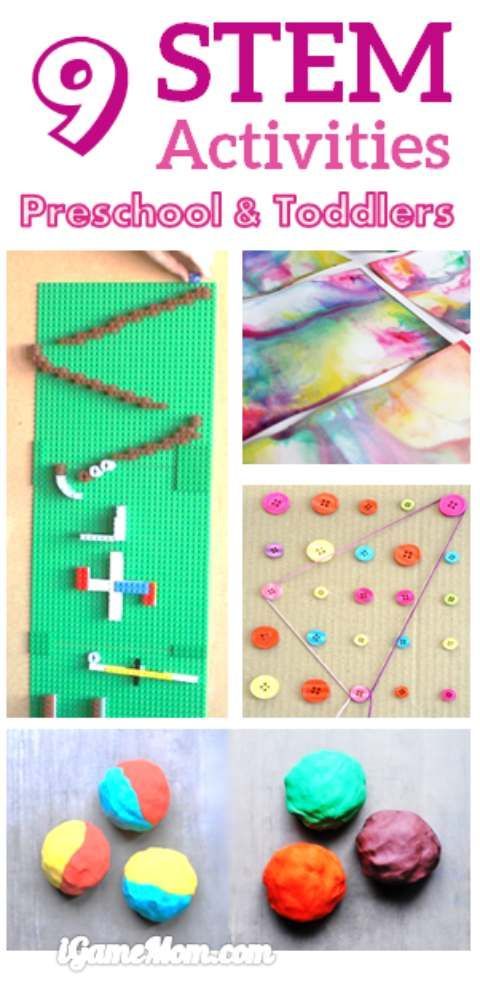 Below you’ll find sorting math activities to try with the kids.
Below you’ll find sorting math activities to try with the kids.
Now let’s take a peek at some shape math activities for preschoolers! Little kids get really excited about learning to identify shapes, don’t they?
One-to-One Correspondence Math ActivitiesHelping children move from rote counting to one-to-one correspondence is a big part of preschool math. It encompasses the understanding that each object in a set can be counted, as well as matching one item to one corresponding item. Children learn that numerals represent a specific quantity. This is important because numerals themselves are an abstract concept. One-to-one correspondence bridges the gap to understanding the abstract.
Click on the links below for each of the 1-to-1 correspondence math activities for preschoolers:
Math Printable BooksPrintable emergent readers aren’t just for practicing early literacy skills! They can also be a great way to explore early math skills like counting, colors, number identification, and more.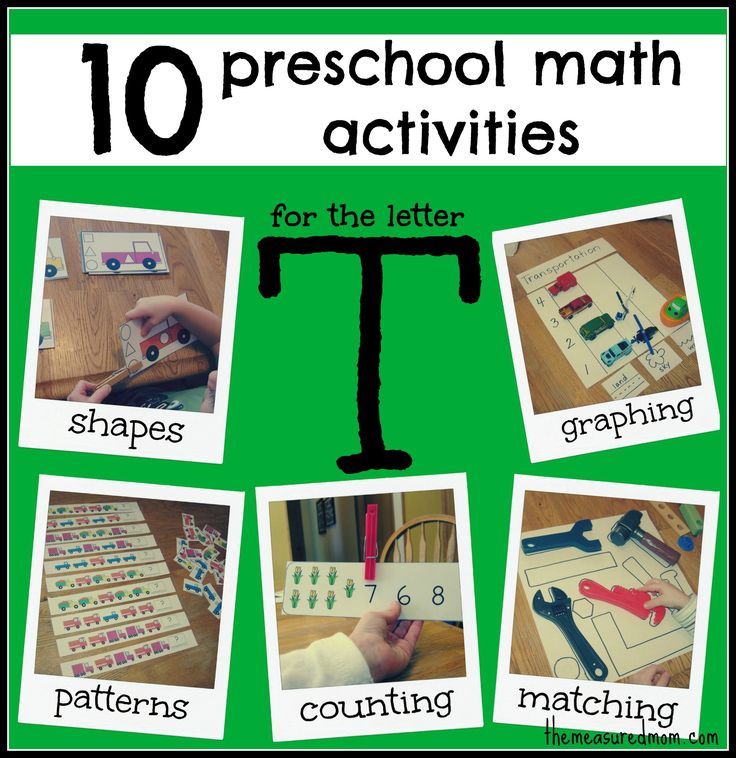 Below are printable books I created to pair with my other math activities for preschoolers.
Below are printable books I created to pair with my other math activities for preschoolers.
Subitizing is knowing how many items are in a group without counting them. It’s how we can look at the dots on the face of a die and just know how many there are, for example. Games involving dice are one of the ways we teach children about subitizing.
Color Activities for PreschoolWe can’t talk about math activities for preschoolers without talking about learning colors, right?! And you can use almost anything to explore color identification with the kids, including using the environment around you. But if you’re looking for more ideas, I have some suggestions:
Even More Math Activities for PreschoolersAs I said earlier, Fun-A-Day houses a lot of engaging math activities. Many of them fit into the above categories, but there are a few that just don’t. I suppose I need to write about more ideas like those below!
Themed Math Activities for PreschoolersI told you we had a ton of math ideas to talk about, right?! So you’re probably not surprised I have even more to share with you! Below are collections of math activities based around holidays, seasons, or themes. They come in handy when planning, let me tell you!
They come in handy when planning, let me tell you!
Since we’re chatting about math right now, I thought I’d share some children’s math books with you. They’re all books I’ve read with my students to resounding successes.
Some Preschool Math Supplies You Should Check OutNo, kids don’t need a lot of things to learn math. In fact, grab some rocks and sticks and you’re probably good to go!
That being said, I do have some favorite math supplies. These are items I like using in the classroom for a wide variety of math activities for preschoolers and kindergartners.
Printable Math Activities for Preschoolers
We have a variety of early math games and activities perfect for small groups and center time. I’d suggest you check out the roll and color bundle first, especially if you want a math resource that works for a variety of themes and holidays.
The roll and color bundle has 11 sets of math games that would work with different levels of children in early childhood classrooms.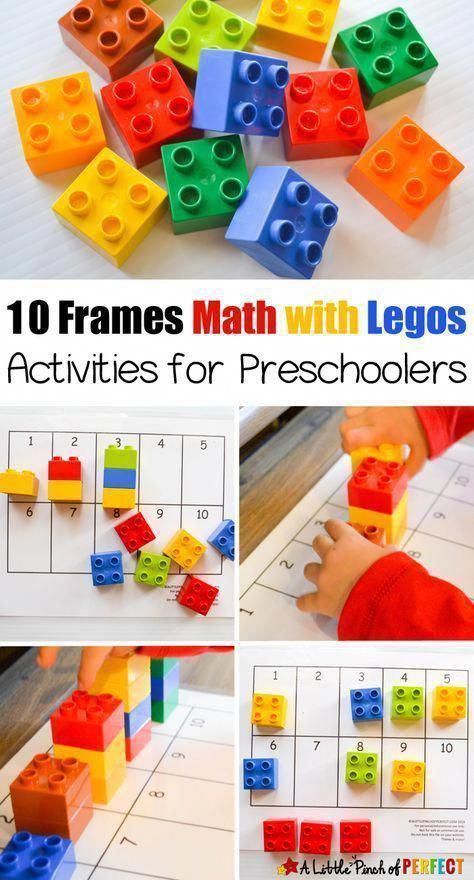
This bundle includes Fall Pumpkin Roll and Color, Fall Apples Roll and Color, Back to School Crayon Roll and Color, Summer Fish Roll and Color, Spring Flower Roll and Color, Easter Egg Roll and Color, St. Patrick’s Day Roll and Color, Hearts Roll and Color, Christmas Tree Roll and Color, Fall Leaves Roll and Color, and Turkey Feather Roll and Color.
Each bundle comes with up to 9 game cube configurations and up to 16 game mats. Different game mats focus on the following skills:
- Color Matching
- Shape Matching
- Matching Sets to Numbers (0-5)
- Sets to Numbers (5-10)
- Matching Numbers (0-5)
- Matching Numbers (6-10)
- One More (0-5)
- One More (5-10)
- One Less (5-10)
- Addition Facts (0-5)
- Doubles Facts (0-5)
- Doubles Facts (5-10)
- Writing Doubles Facts (0-10)
- Color Words
- Number Words (0-5)
- Number Words (5-10)
Okay, now that I have talked (and talked and talked!) about math activities for preschoolers, it’s your turn.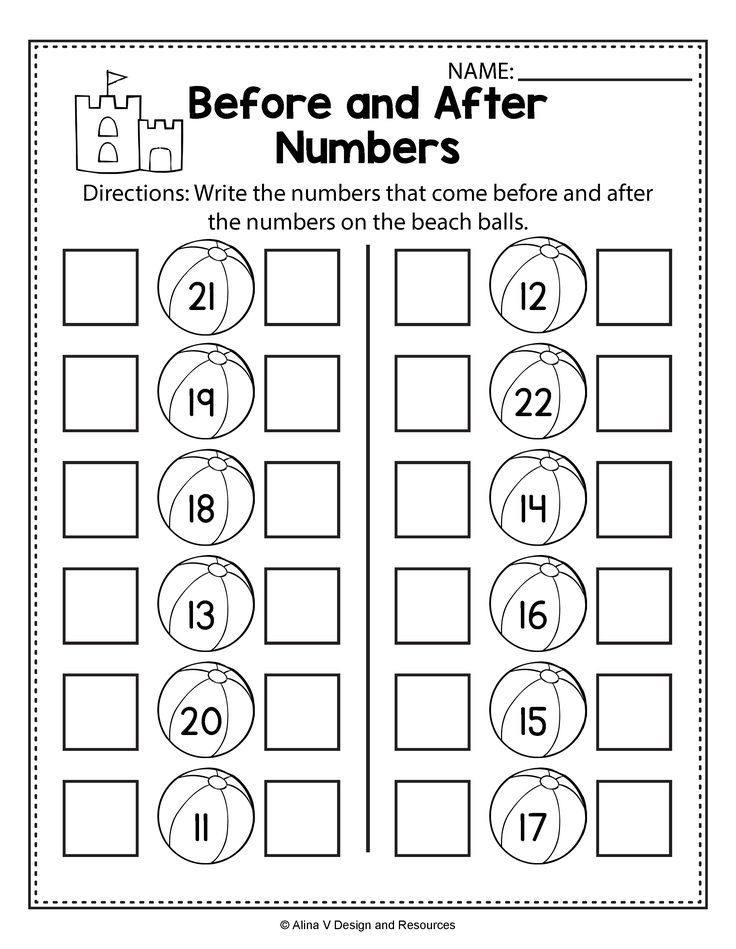 What are some of your favorite early math ideas and lessons? Be sure to pop over to Fun-A-Day’s Facebook page and let me know.
What are some of your favorite early math ideas and lessons? Be sure to pop over to Fun-A-Day’s Facebook page and let me know.
Entertaining math for preschoolers, math games and online tasks
HomeExercisesMath
Math
Learning shapes course
View all
What is symmetry?
Part of the whole
We study the figures (1)
We study the figures (2)
Study the figures (3)
We study the figures (4)
Posal Line
polygon
polygons (1)
View all
Course Learn numbers
View all
Number 1 (1)
Distinguish numbers from 0 to 9 (1)
Distinguish numbers from 0 to 9 (2)
Distinguish numbers from 0 to 9 (3) 9000
Distinguish numbers from 0 to 9 (4)
Number line up to 10 (1)
Digit 1 (2)
Digit 2 (1)
Digit 2 (2)
See all
View all
Funny numbers (1)
Funny numbers (2)
Cheerful count up to 3
Cheerful count up to 5
Where else? (1)
Where is more? (2)
Let's count!
Remove the numbers up to 3
We play and consider
View all
Consider up to 10
View all
Funny account up to 10 (1)
Funny score up to 10 (2)
Tasks for up to 10 up to 10 (1)
Number line problems up to 10 (2)
Play and count (1)
Play and count (2)
Which is in order up to 10?
Count down from 10 to 1 (1)
Count down from 10 to 1 (2)
View all
Count up to 20
View all order up to 20 (1)
Correlating objects and numbers up to 20 (1)
Composition of the number 12
Counting in pairs up to 20
Counting objects up to 20
Counting objects up to 20 (2)
Count items up to 20 (3)
Count items up to 20 (4)
View all
Count up to 100
View all
Approximate count (2)
Millimeter
Approximate count (1)
Arrange in order to 100 (1)
Count to one hundred
View all
Number composition
View all
Number composition 3 20 90Ol000 Learning to solve problems up to 10 (1)
Learning to solve problems up to 10 (2)
Examples in pictures
Subtract and add
Subtraction with the transition through a dozen (2)
Subtraction through ten (3)
Drag answer
Addition.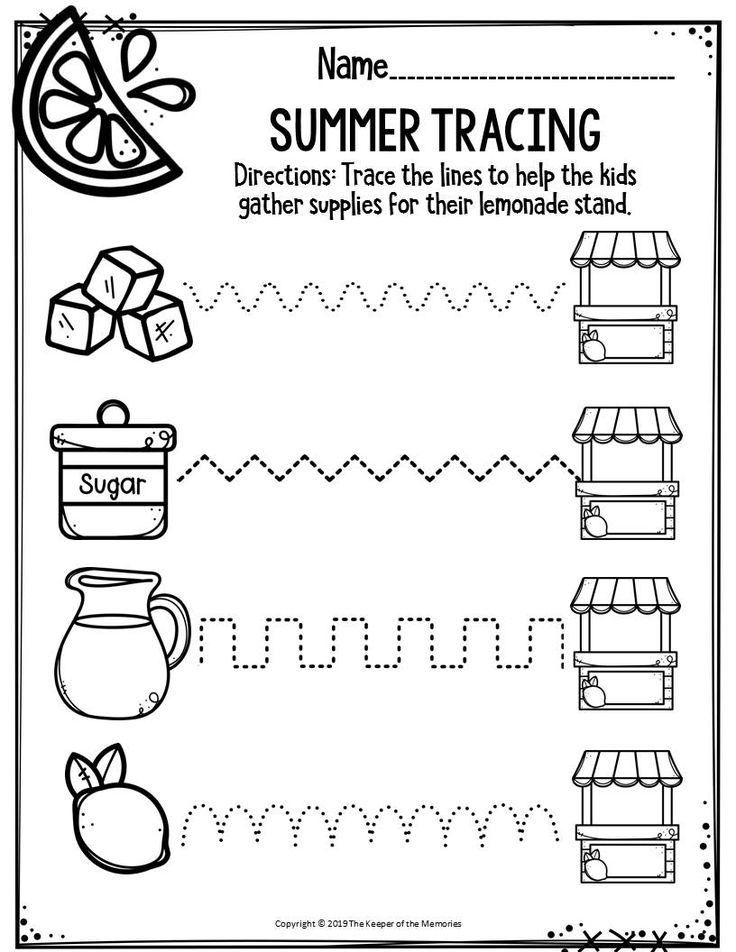 Terms. Sum. (1)
Terms. Sum. (1)
Addition. Terms. Sum. (2)
View all
Compare numbers
View all
Longer, shorter, equal in length
Comparing numbers in pictures up to 10
Odd or even
Comparing expressions. Equalities and inequalities
Comparison of numbers within a million
Comparison of numbers in pictures up to 20
Comparison of numbers within 20
Compare the numbers
View all
We multiply and divide
View all
Remember the multiplication table
Division by 10 and 100
Division with a remainder of
The division of a three -digit number by a single -digit
Multiplication and division problems
Do you know the multiplication table? (1)
Do you know the multiplication table? (2)
Written division with remainder
Written multiplication by a two -digit number
View all
We solve problems and examples
View all
Learning to solve problems up to 10 (1)
Money LOVE
diagrams
Subtraction checks for multiplication tasks and tasks for multiplication and division
Examples with brackets
Add and subtract
Composition of the number
Composition of the number
View all
Determine the time
View all
days of the week (1)
days of the week (2)
Memorial months (2)
Distinguish the seasons
We remember months (1)
Determine the time by shooters
hours with arrows
Autumn riddles (1)
Seasons - spring (2)
View all
Why do we need mathematics?
Mathematics is a fundamental science that appeared at the moment when a person needed to calculate something.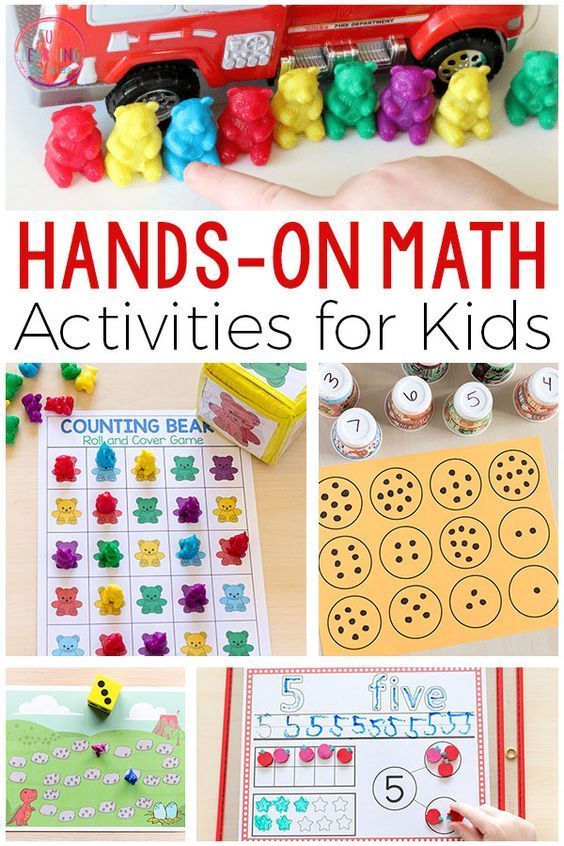 We can say that her age is not much different from the age of mankind. Mathematics helps, on the one hand, to develop abstract thinking, on the other hand, to solve applied problems in everyday life.
We can say that her age is not much different from the age of mankind. Mathematics helps, on the one hand, to develop abstract thinking, on the other hand, to solve applied problems in everyday life.
Mathematical thinking, or mathematical mindset, is based on logic, the ability to build cause-and-effect relationships, critical thinking, the desire to get to the bottom of a question or problem.
Mathematics forms skills that are relevant for any historical period, especially for the present.
What is entertaining mathematics?
Undoubtedly, mathematical abilities are developed by special efforts.
One option is to study mathematics by solving mathematical problems. For an easier and more exciting learning process, a special section is used - entertaining mathematics. In thoughtful game tasks, interesting plots, using humor, the science of mathematics appears in the most attractive form, which is especially important when teaching children.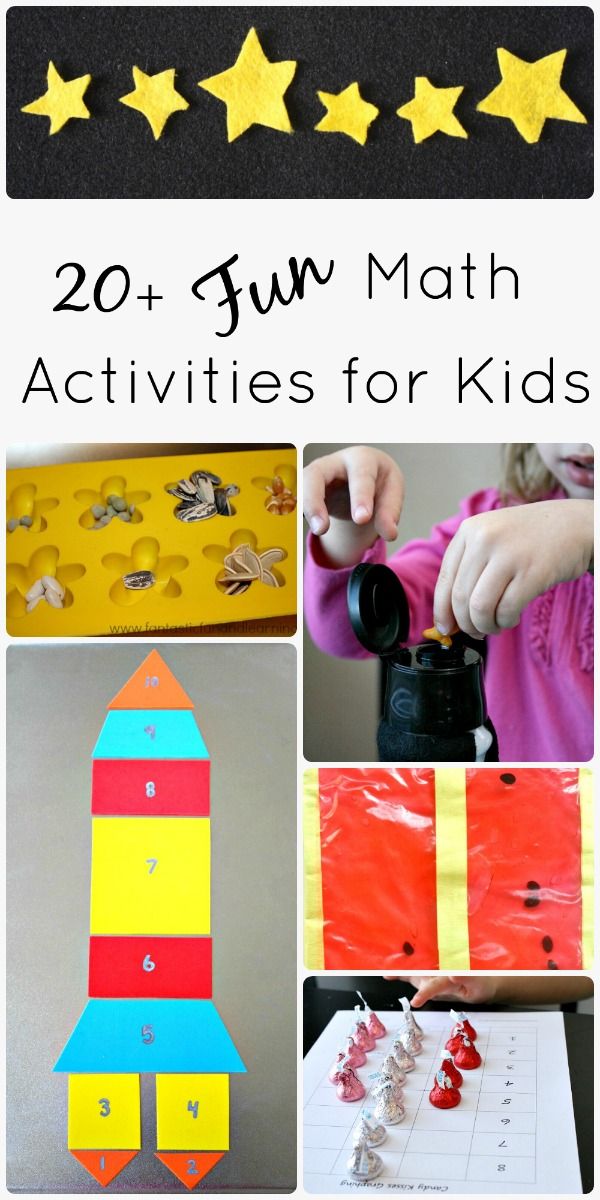 Children's curiosity and excitement allow you to get involved in the world of abstract calculations and go from entertaining puzzles to real complex mathematics.
Children's curiosity and excitement allow you to get involved in the world of abstract calculations and go from entertaining puzzles to real complex mathematics.
Why does the child not understand mathematics?
There is no definite answer to this question. Perhaps the child has not yet fully mastered the skills of counting. Here, counting games from very simple to complicated options, for example, with dice (as an option, rpg board games) will help.
Very young children may still have unformed abstract thinking: it is easier for them to operate with visual objects. A parent or teacher always shows the application of mathematics, explaining why mathematics is needed in life.
If we are talking about an older age, then it is possible to structure abstract thinking in the form of diagrams on paper, helping not to keep all the data in mind, but to see the full picture visually.
If mathematics is difficult for a child, it may be worth paying additional attention to the development of imagination. It is not necessary to use the detailed solution of math problems; you can go through mazes, cut out patterns, collect various crafts according to the schemes. Creativity is welcome, because mathematics is not always about dry numbers.
It is not necessary to use the detailed solution of math problems; you can go through mazes, cut out patterns, collect various crafts according to the schemes. Creativity is welcome, because mathematics is not always about dry numbers.
Math in pictures for preschoolers online is now available to every child. The section includes tasks and games in arithmetic for children, exciting tasks that develop addition and subtraction lessons for children. The exercises in this section will help develop attention and concentration, form elementary mathematical concepts in children.
Playful activities
Your child will have a fun and productive time.
Children are engaged with pleasure, are completely immersed in the learning process and achieve results. For children under 6 who have not yet learned to read, we voiced each task.
Cups and medals for children
Awards that motivate children to achieve success.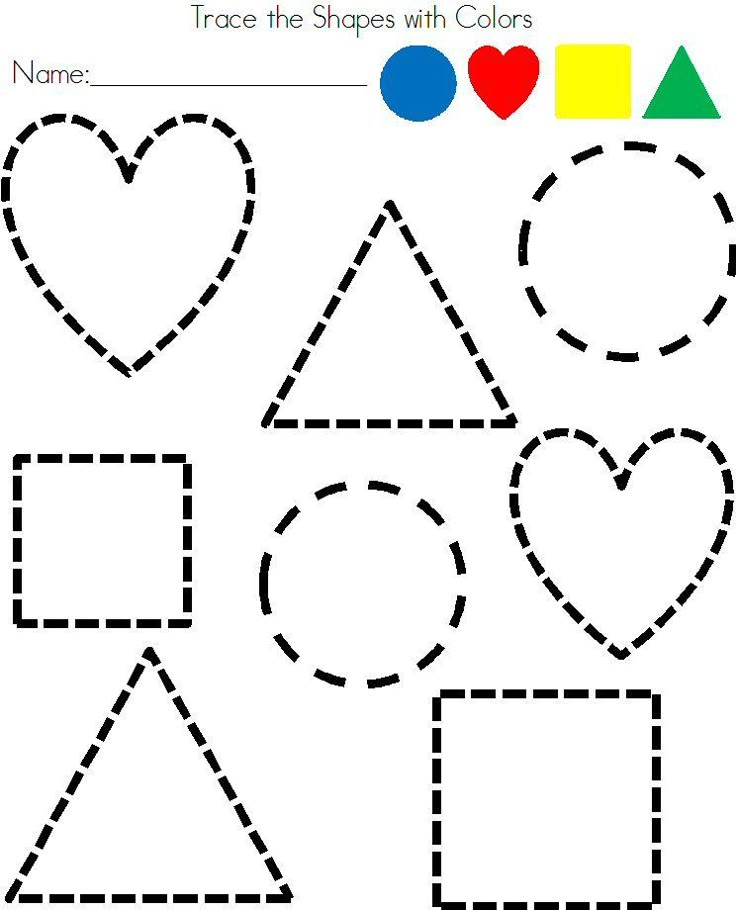
Each child has his own “hall of awards and achievements”. If the tasks are completed correctly, children receive cups, medals and nominal diplomas. The awards can be shared on social networks, and the diploma can be printed.
Personal training
Fully controlled development of the child.
We save all the successes of the child and show you what should be given special attention. Make up your own training programs so that the child develops harmoniously in all the right directions.
Start studying with your child
today - it's free
Register and get 20 tasks for free. To remove restrictions and achieve great results in your studies - choose and pay for the tariff plan that suits you.
Register orChoose a plan
Math for preschoolers - math games
782
Mothers of preschoolers often say, "My child doesn't want to learn anything.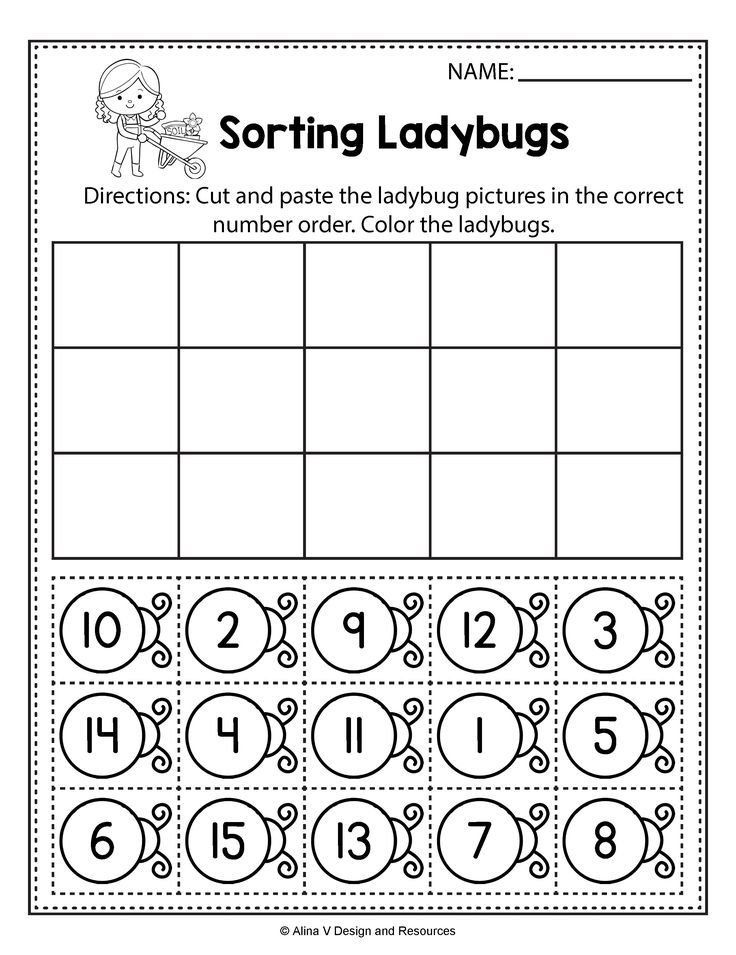 " With schoolchildren, things are a little easier, children of 7-8 years old have a more developed emotional-volitional sphere. This means that they are more independent, able to concentrate and hold attention intentionally, unlike themselves, but at the age of 5. Therefore, it is almost impossible to force a preschooler to study - you need to be interested! We offer a list of simple games and recommendations that can help parents of fidgets.
" With schoolchildren, things are a little easier, children of 7-8 years old have a more developed emotional-volitional sphere. This means that they are more independent, able to concentrate and hold attention intentionally, unlike themselves, but at the age of 5. Therefore, it is almost impossible to force a preschooler to study - you need to be interested! We offer a list of simple games and recommendations that can help parents of fidgets.
What should a child know in mathematics by the age of 5-6?
If the child is familiar with mathematics before school, it will help him to adapt more easily to the school load.
Basic things a preschooler needs to know and be able to do:
- Numbers from 0 to 9 and their corresponding numbers - you need to be able to correlate the number of objects with the number.
- Be able to count in order to 10 and back.
- Signs of addition and subtraction, as well as equals, greater than and less than.
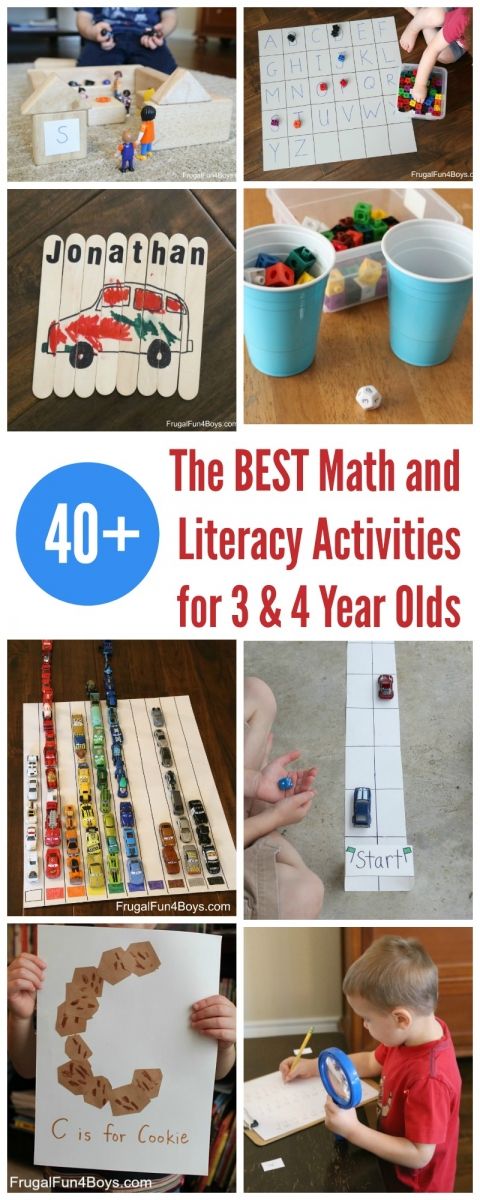
- Be able to perform addition and subtraction within 10.
- Know the basic shapes and their names: circle, square, rectangle, triangle, as well as be able to divide them into equal parts.
- Spatial terms: left, right, center, bottom, top. These skills will help your child navigate the notebook better. Graphic dictation does an excellent job of reinforcing these concepts.
Math games for preschoolers
First, you need to understand what the child already knows and can do, and where there are gaps. If the kid attends kindergarten, then, most likely, he already has an idea about numbers and geometric shapes.
Remember that classes with preschoolers should take place in a playful way - they can be combined with outdoor games, they can be included in everyday activities (anything can be counted: steps, steps, trees, etc.).
If you want to introduce a child to geometric shapes, it’s not enough just to say: “This is a triangle, remember!” It is necessary to achieve understanding, abstract vision and memorization at the subconscious level.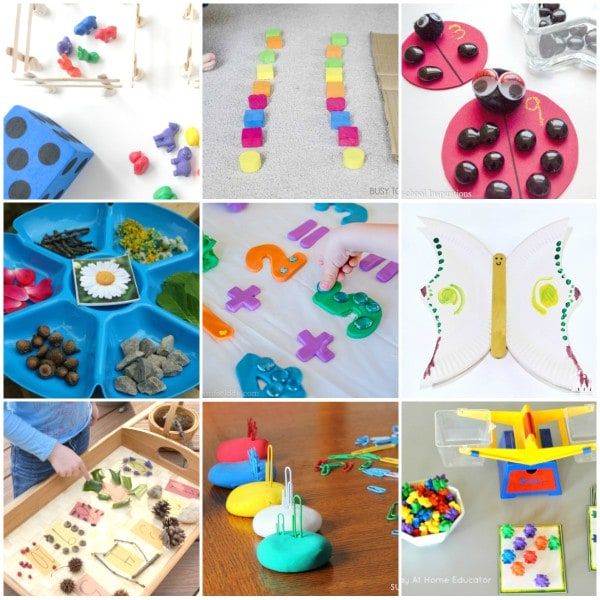
The best math activities for children 4 - 6 years old:
1. Math coloring - train counting and fine motor skills. Mathematical coloring pages include: coloring by numbers, where each fragment is assigned its own number, and a certain color is assigned to it - as a result, the baby gets a bright picture. They also include a drawing that you need to circle, connecting the numbers in order, and then color the resulting picture as you wish. This option also trains counting, fine motor skills, logical thinking.
2. Geometric riddles. You explain to the child what the figure looks like, and his task is to guess which figure you are describing. It is possible to do this in the format of rhyming riddles, or you can describe them to your child in your own words. To consolidate the result, ask the child to find an object in the room that is similar in shape to the guessed figure, and then guess his figure and describe it to you so that you can guess it.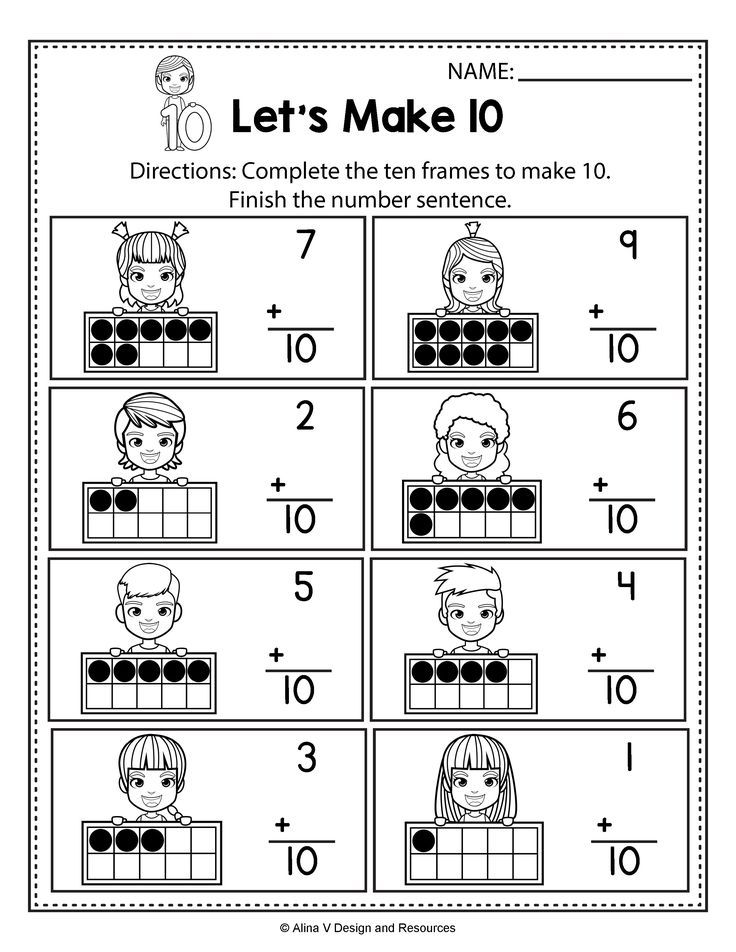
3. "Find the missing number" - draw cards for the game: lay out the row in front of the child in order, but skip 1 card. The task of the child is to find the missing number. So we can train both counting in order and in reverse order. With the help of cards, you can introduce the child to the composition of numbers, addition and subtraction
4. Use math riddles - basically simple puzzles. For example: a cat has 4 legs, but how many legs do 2 kittens have? So the child trains counting, spatial thinking and logic. We have already written about puzzles for children, maybe you will like them!
5. Store game. Use whatever materials are available. Give the kid drawn money (you can borrow it in monopoly), stick price tags on the items and invite the kid to go shopping.
The main rules for classes: finish classes before you see signs of fatigue on the child's face; remember that it is difficult for the baby, and this is normal - do not scold him in case of failures; End classes on a positive note and celebrate your child's progress.